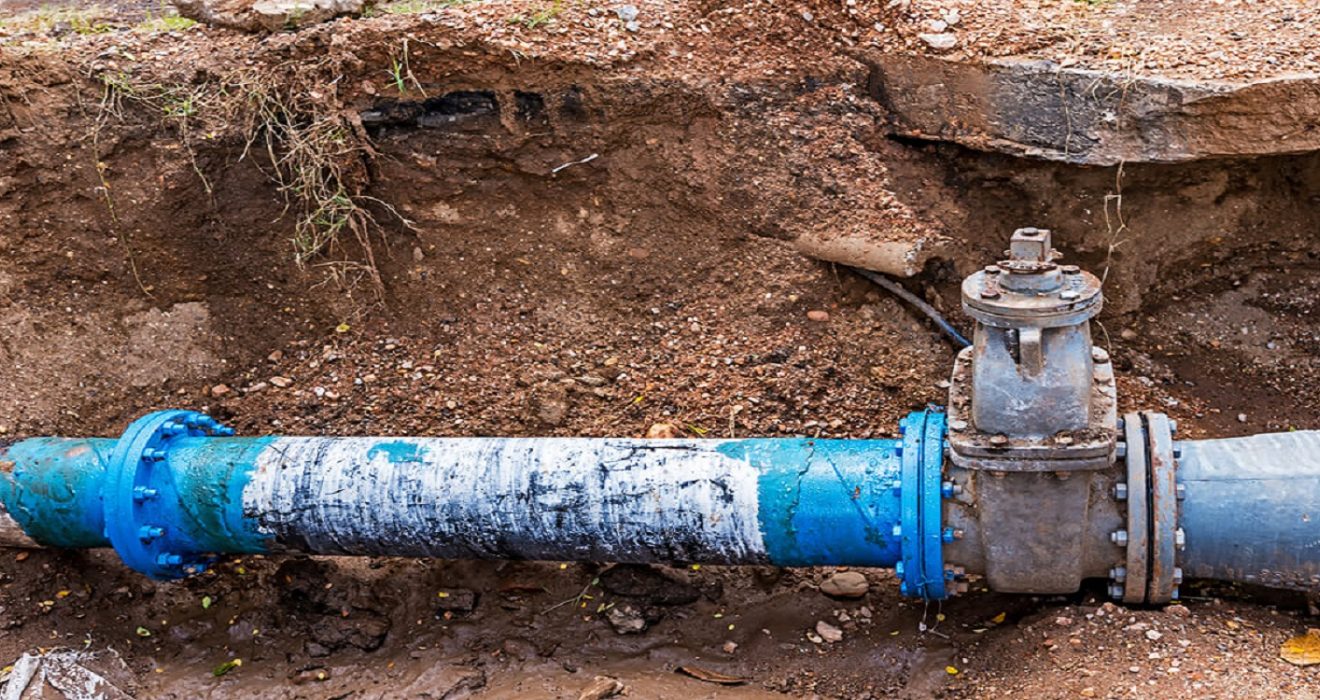In advanced nations such as Japan, the aging of outdated wastewater infrastructure is allowing dangerous chemicals to enter local water reservoirs. This problem is becoming more urgent as the framework intended for avoiding such leaks deteriorates over time. Finding the exact location of these leaks, which are sometimes hidden deep underground, is a huge task. Traditional approaches may miss these leaks, especially those discovered downstream. However, researchers came up with a creative solution: utilize caffeine levels, an everyday pollutant, as an indicator to detect leakage in wastewater systems. This novel technique was described in an article released in Environmental Chemistry Letters.
Historical Context:
“For quite a while, wastewater and stormwater were combined to create sewer networks. The problem of combined sewer overflows during rainstorms has long existed, so the system was modified to distinguish wastewater from the storm sewer around 50 years ago,” explained Noriatsu Ozaki, an associate professor at Hiroshima University’s Graduate School of Advanced Science and Engineering in Higashihiroshima, Japan.
Combined sewage networks were originally intended to transport both rainwater and sewage in a single pipeline. During severe rainfall, these systems may become overloaded, resulting in combined sewer overflows (CSOs), in which untreated wastewater is dumped straight into local water bodies. This presented considerable health and environmental problems, spurring the transition to separate sewer systems.
Shifting to Separate Sewer Systems:
Despite the switch to independent sewer systems, the outdated infrastructure is still a worry. The oldest independent sewer systems remain in operation for fifty years, and their degradation could result in sewage leaks. Separate sewage systems are intended to manage rainfall and wastewater separately, limiting the possibility of overflows. However, as these structures age, breaks and leaks become more widespread, resulting in the unintentional outflow of wastewater into storm sewers and then into organic water bodies.
This topic emphasizes the importance of developing novel approaches for detecting and efficiently addressing leaks. Aging infrastructure jeopardizes the integrity of sewer systems while also complicating maintenance and repair. Traditional leak detection procedures, such as dye testing and smoke testing, sometimes fail to detect leaks, especially if they are downstream or occur intermittently.
Research Methodology:
From June 2022 to May 2023, researchers undertook a comprehensive sampling program. During dry months, they gathered water from storm sewers in six drainage zones, returning to each site at least once a month. To ensure complete data collection, samples were drawn five to eleven times at each collection location. The researchers concentrated on dry spells to prevent the dilution caused by rainwater, assuring that the gathered samples precisely reflected the contaminants found in storm drains.
Along with storm drain water, the researchers examined rainwater, puddle water, and home sewage samples. This wide set of samples enabled them to contrast the presence of multiple contaminants in different water sources. By including a variety of water samples, the researchers were able to create a thorough baseline for the existence of contaminants, allowing them to discover anomalies that could suggest leakage.
Chemicals Tested:
The researchers looked for several common household pollutants. These included aroma compounds that are commonly found in soaps, detergents, and cosmetics, such as OTNE, HHCB, AHTN, DPMI, and musk ketone; caffeine; and benzophenone, a sunscreen component. These compounds are common in home wastewater due to their broad use in everyday items.
“These compounds are frequently detected in wastewater from homes in Japan,” Ozaki told the audience. Those compounds’ persistent presence in wastewater provides useful indications for tracing leakage in sewer systems.
Caffeine as a Indicator:
Caffeine emerged as a particularly useful marker. Its contamination levels varied significantly between rainwater, puddle water, storm drainage, and residential sewage. It is rarely recirculated into the sewer system through rainfall, thus any caffeine in runoff is most likely from residential waste. Caffeine’s specific contamination levels make it an effective marker for identifying wastewater leaks.
Caffeine is also among the most stable of the examined compounds in the aqueous phase, making it a potentially perfect tracer for future studies. This stability indicates that caffeine can be used to detect and pinpoint the source of wastewater leaks. Its capacity to stay in the water without considerable deterioration or volatilization makes it an ideal long-term marker for tracking sewage contamination.
Future Prospects:
Looking ahead, researchers hope to learn more about the pollution produced by these leaks. “We would like to clarify the scope of potential pollution of receiving drinking water bodies, such as lakes, rivers, or the coasts, by the water leaks,” Ozaki disclosed. Understanding the scope of contamination will aid in determining the environmental damage and prioritizing repair activities.
Finally, the goal is to create diagnostic technologies that can detect leaks at the source by employing trace organic compounds as markers. This technique has the potential to improve the detection and treatment of leaks in wastewater systems, resulting in more effective urban water quality management. The development of portable and user-friendly diagnostic tools could enable local governments and communities to proactively monitor and repair their water infrastructure.
Conclusion:
The use of caffeine as a marker for detecting leaks in wastewater systems represents a promising new approach to managing water pollution in urban areas. As researchers continue to refine this method and develop related technologies, there is potential for significant improvements in how wastewater leaks are detected and addressed, ultimately protecting public water bodies from contamination. By leveraging the unique properties of caffeine, urban areas can achieve more sustainable and resilient water management, ensuring a healthier environment for future generations.

